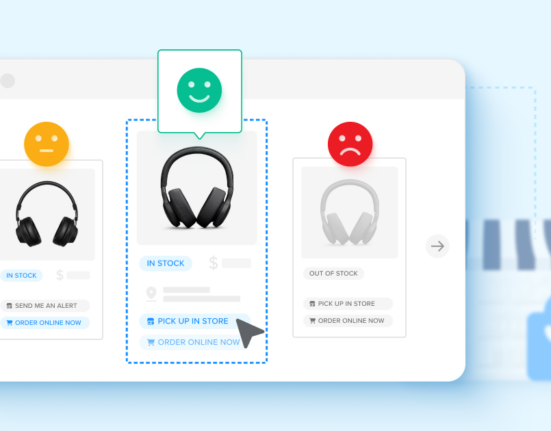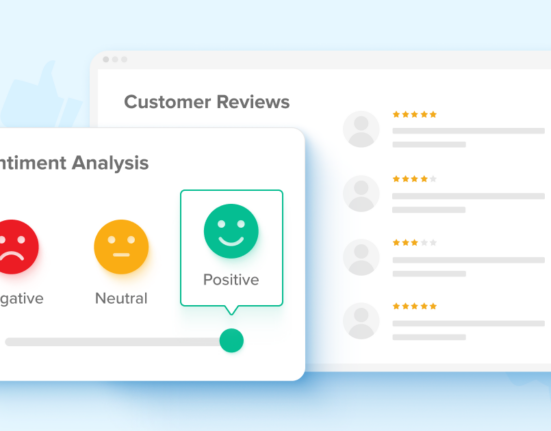How do you know that your current approach to eCommerce is the best approach for your business? This is a tough question for many because it can be scary to think about what you’re not doing—and why. Plus, there are countless tactics in retail and the choices can feel overwhelming.
Don’t worry, though! The good news is that there are ways to be confident in your decisions, and that starts with data. Specifically, with the A/B test—an excellent way to get actionable data to support your decision-making. Here’s how you can use A/B tests to boost eCommerce sales.
What is A/B Testing?
A/B testing is a technique where two versions of the same element are compared against each other. Simply put, you change one variable, run the two tests at the same time, and then compare the results. This gives you clear data to indicate which strategy is the better option.
A/B testing, also known as split testing, works best when you have a clear hypothesis. For example, writing two landing page headlines and testing to find out which page has the best conversion rate. With all else being equal, the test results will show the headline that is best for your audience.
In the eCommerce space, A/B testing can be done in many different ways, each providing you hard data to help drive sales for your business.
Check out these five simple A/B tests you can run ASAP:
1. Form Location
A great test to try involves the location of your website forms. Any product page or landing page will have a form—this is the box that provides visitors a path to purchase, download, or engage with your company. Typically, most forms ask for a name and email address at a minimum.
What you can do is test the location of this form on the specific page. Common locations include at the top of the page, on the side (either left or right), and at the bottom. The right placement for your form really depends on your business, products, and target audience. That’s why A/B testing is so valuable—change nothing else on that page except the form location. Have two versions of that page—with two different form placements—running at the same time. Measure the results. Roll out the page that had the highest conversion rate across all similar pages.

2. Calls-to-Action
On a related note, your forms all include calls-to-action. These are the quick bits of copy that say “Buy Now!” or “Download Here!” or something similar. CTAs prompt the visitor to take your desired action. Again, the right CTA for your business depends on many factors, so often the best way to know the right strategy is to run an A/B test.
Take your existing CTA and compare it to an alternate version. Have both options live for a predetermined period of time, then review the metrics to choose the best one for you. Do this periodically as your products, website, and audience evolve.
3. Messaging
A/B testing is for more than just your web forms. There are plenty of other ways you can use this strategy to get hard data. One example is with messaging.
Say your brand wants to test two messages: Our product saves you time and our product makes you money. You can A/B test these messages across various channels, from your paid ads to your website to your sales emails. Create two versions of whichever piece of content you want to test, one with each message. Then see which option had the best results for you—likely the most purchases, email opens, or something else.
You can conduct an A/B test anywhere you have copy online, as long as you have more than one version ready to go.

4. Checkout Process
Another great place for an eCommerce business to A/B test is at checkout. Specifically, you should experiment with how website visitors can make a purchase. Do you have an “Add to Cart” button? Or do you say “Buy Now”? How many steps does a user have to take before they can complete their purchase? Perhaps you want to try out a single-click option or serve up multiple shipping choices.
No matter what you want, A/B tests are a smart solution to get the data you need to make the right call. Like with your other tests, draft up two or more versions and run them at the same time. Measure the results and go with the one that had the most conversions.
5. Prices
Lastly, you may want to run some tests with your prices. Price is an incredibly important deciding factor behind any purchase, so it’s worth trying out some options to find the right prices for your products. This can be incredibly specific (such as ending the price with a .9 or a .7) or a larger change.
You can split test the same price across different markets or different prices across the same market. You could also experiment with different prices for a product during key buying periods to see which price is more profitable. As always, change as few variables as possible for each test and measure the data closely.
Don’t Assume Anything
Above all else, you must never assume that an A/B test will prove a desired outcome. In many cases, testing uncovers new and exciting information about your business. It may support a strategy that is not best practice—perhaps because you have a unique audience or service—or it shows that the idea you had little faith in was the real money-maker.
There’s no such thing as a dumb test or a bad hypothesis. Run the experiment, gather the data, and base your decisions on these hard facts. that’s how you can increase eCommerce sales with A/B tests.














